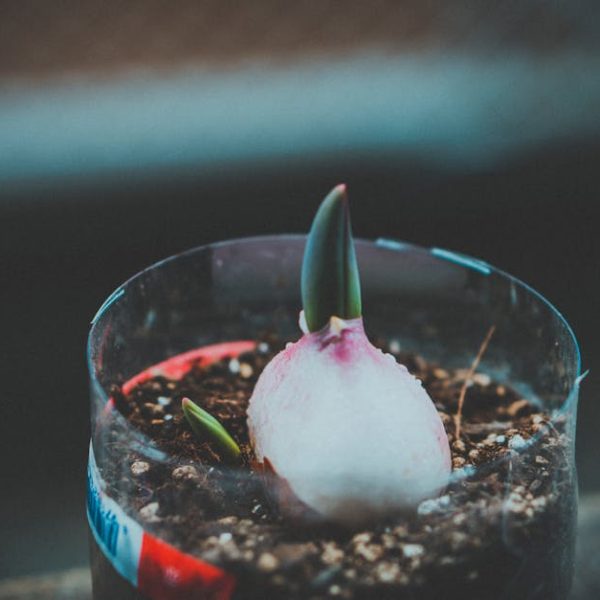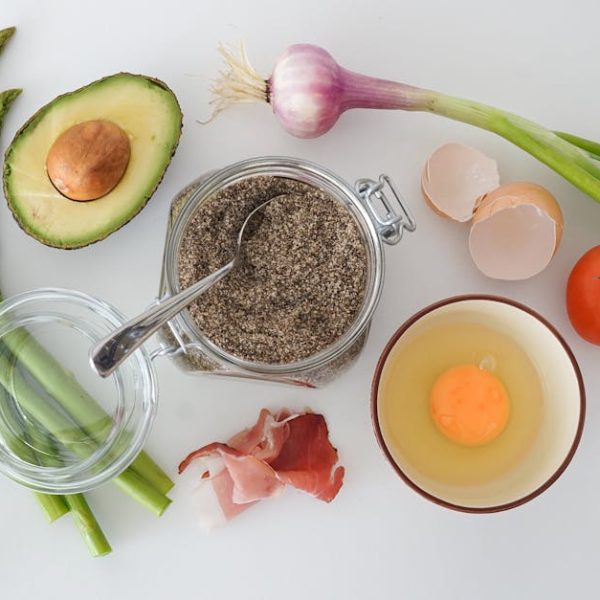Cauliflower, an adaptable and exciting member of the plant family, might often be seen as a humble vegetable. However, with its rich history, diverse types, and significant health benefits, cauliflower proves time and time again to be an unexpectedly interesting and beneficial topic. As you’ll discover in this guide, this cruciferous vegetable not only comes in a variety of sizes, colors, and shapes but also holds untold culinary possibilities and health perks.
Understanding the Basics of Cauliflower
Originating from the Mediterranean region, particularly areas like Turkey and Italy, cauliflower has been part of our diets for thousands of years. It is a cool-season crop and part of the cruciferous vegetable family, including kale, broccoli, and Brussels sprouts.
Do you know?
- Cauliflower can grow from seedlings to harvest within a short span of 100 days.
- It prefers full sun and fertile, well-drained soil.
- You can harvest cauliflower when its head reaches 6 to 8 inches in diameter.
Familiarizing with the Common Types of Cauliflower
Cauliflower comes in several types, each with its unique appearance, flavor, and culinary uses. Some of the most common ones include:
1. White Cauliflower: This is the most frequently found type, known for its tightly packed, white florets. It has a mild and sweet flavor.
2. Green Cauliflower or Broccoflower: This variety is a cross between broccoli and cauliflower, is light green, and has a taste quite similar to broccoli.
3. Orange Cauliflower: Rich in beta-carotene, this cauliflower has a slightly sweeter taste than the white variety.
4. Purple Cauliflower: It owes its violet color to the anthocyanin, a trademark antioxidant also found in red cabbage and red wine.
| Type | Color | Taste |
|---|---|---|
| White Cauliflower | White | Mild and sweet |
| Green Cauliflower (Broccoflower) | Green | Similar to broccoli |
| Orange Cauliflower | Orange | Slightly sweeter than white |
| Purple Cauliflower | Purple | Similar to white but nuttier |
Navigating Through the Rare Varieties of Cauliflower
Diving into the realm of the unconventional, we find some distinctly unique varieties of cauliflower with their inimitable characteristics.
1. Romanesco Cauliflower: Resembling an alien life form, this Italian variety is light green with beautiful, logarithmic spiral florets. It has a nutty, delicate flavor.
2. Fioretto Cauliflower: Also known as flowering or stick cauliflower, this variety from Asia features long stems with small white florets on top.
3. Sicilian Violet Cauliflower: A rare variety known for its deep violet-purple color and a stronger flavor compared to the common cauliflower varieties.
Tip : Once you’ve identified a cauliflower variety that interests you, it’s worthwhile to spend some time learning about its unique growth cycles and care requirements. After all, each variety has its personal likes and dislikes, just like us!
Understanding the Health Benefits of Diverse Cauliflower Types
The popularity of cauliflower isn’t just due to its taste and versatility; it’s mainly driven by its numerous health benefits. Cauliflower is packed with nutrients and antioxidants that support overall wellness. Plus, each variety brings its own health advantages to the plate:
1. White Cauliflower: High in fiber and a good source of essential vitamins and minerals.
2. Green Cauliflower (Broccoflower): Packed with extra beta-carotene, a precursor to Vitamin A, which is vital for eye health.
3. Orange Cauliflower: The high beta-carotene content is converted to Vitamin A in the body, supporting our immune system and skin health.
4. Purple Cauliflower: The anthocyanin that gives it color has been linked to reducing heart disease risk.
| Type | Health Benefits |
|---|---|
| White Cauliflower | High in fiber, vitamins, and minerals |
| Green Cauliflower (Broccoflower) | Rich in beta-carotene for eye health |
| Orange Cauliflower | Supports immune system and skin health |
| Purple Cauliflower | Helps reduce heart disease risk |
Cooking and Enjoying Various Cauliflower Types
Once you’ve selected your preferred type of cauliflower, it’s time to bring it into the kitchen! Here are some cooking tips and recipe suggestions:
1. White Cauliflower: Can be enjoyed raw, roasted or mashed as a healthy potato substitute.
2. Green Cauliflower (Broccoflower): Best steamed or roasted, it can be tossed in salads or served as a vibrant side dish.
3. Orange Cauliflower: Sauté it with oil and spices for a nutritious stir-fry or use it in a creamy soup.
4. Purple Cauliflower: Makes for a fantastic colorful addition to pastas or risottos.
✅ Best Practices Around Storing and Preparing Cauliflower:
- Choose cauliflowers with a firm, clean head without any dark or soft spots.
- Store cauliflower in the refrigerator, ideally in a bag, for up to one week.
- Rinse cauliflower under cool water and use a soft brush to remove any leftover soil or bugs.
- Remember, overcooking can affect the color, taste, and nutritional value of your cauliflower. Keep an eye on the cooking time!
Now, armed with a wealth of knowledge about cauliflower, you’re ready to explore the world of this everyday superfood. From the historical Mediterranean to your local grocery store, cauliflower has traveled quite a journey, and today it waits to journey from your kitchen into your plate bringing along an array of colors, flavors, and health benefits.
Key Takeaway:
- Cauliflower, originating from the Mediterranean, can be grown from seedlings to harvest within 100 days under full sun and well-drained soil.
- The vegetable comes in several types including white, green, orange, and purple. Each variety has unique characteristics and flavors, contributing to their diverse culinary uses.
- Some rare cauliflower varieties include Romanesco, Fioretto, and Sicilian Violet which have unique growth cycles and care requirements.
- All varieties are packed with nutrients and antioxidants that support overall wellness. For example, green cauliflowers have extra beta-carotene for eye health while the purple variety helps to reduce the risk of heart diseases.
- The common ways to enjoy cauliflower are raw, roasted, mashed, steamed, or sautéed.
Whether you’re looking to boost your nutritional intake or to bring a bit of variety into your cooking, cauliflowers offer diverse options to meet your needs. Remember that the key to enjoying cauliflower at its best lies in choosing a firm, clean head and mindful cooking to retain its nutritional value.
FAQs
Q: How do you determine the freshness of a cauliflower?
A: Fresh cauliflower will have a firm and clean head without any dark or soft spots.
Q: How should I store my cauliflower after purchase?
A: Cauliflowers should be stored in the refrigerator, ideally in a bag, for up to one week.
Q: What are the health benefits of green cauliflower?
A: Green Cauliflower or Broccoflower is packed with extra beta-carotene, a precursor to Vitamin A, which is vital for eye health.
Q: How do I prepare cauliflower for cooking?
A: Rinse cauliflower under cool water and use a soft brush to remove any leftover soil or bugs before preparation.
Q: Can I eat cauliflower raw?
A: Yes, white cauliflower can be enjoyed raw, but proper cleaning and preparation are recommended.
If you found this guide useful, feel free to share and explore more posts on our website.






